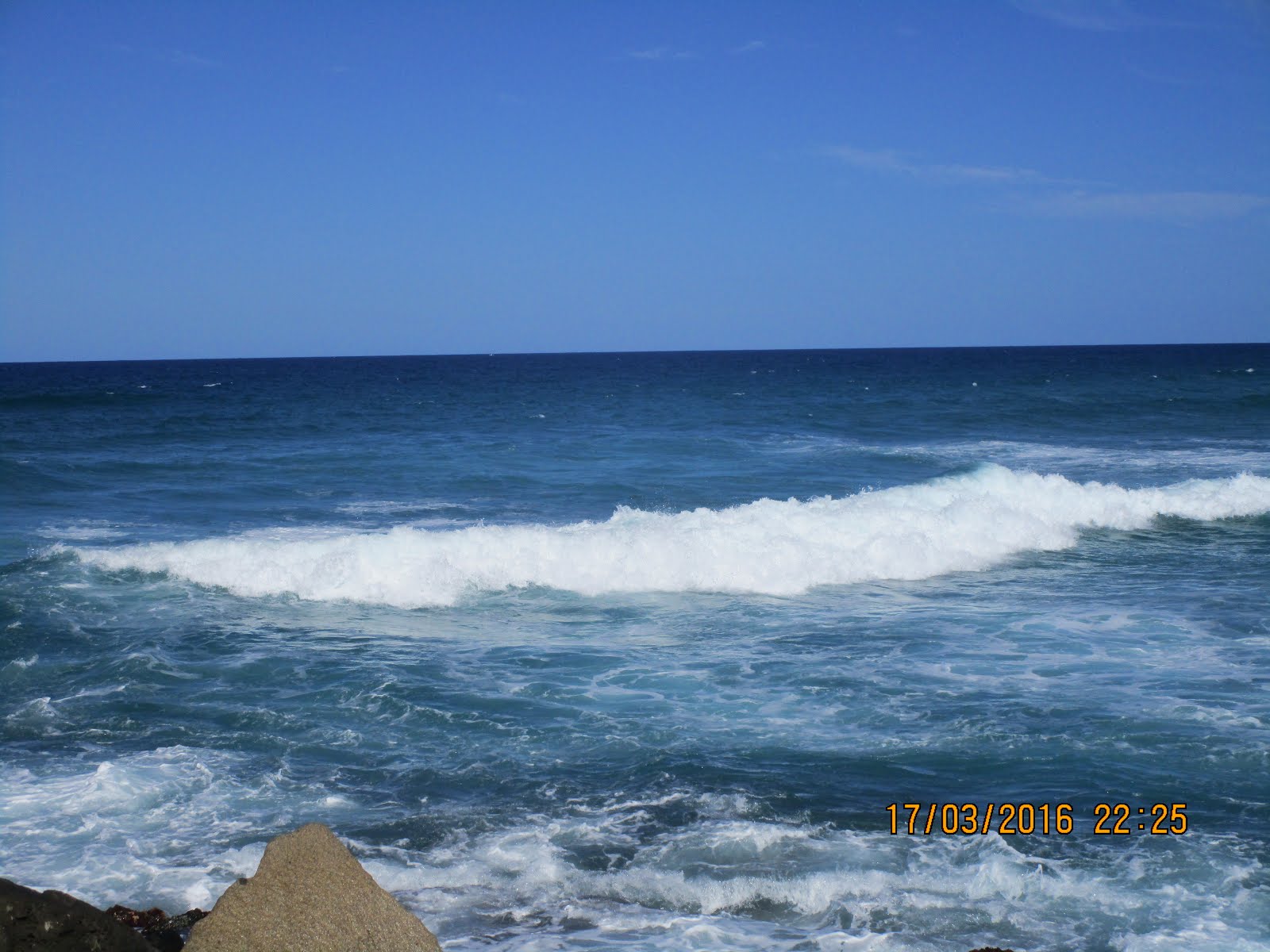I have set out the tools etc in an effort to make it a bit easier to follow.I thought it might be better to approach it from a "starting point".
A variety of spatulas or palette knives for smoothing the ink on the glass plate.
Two brayers I use a lot. These two are strictly for inking the plate as I have an older one for "printing".
Three tools I can use to print with. Left to right ,my brayer for home printing, top right a proper baren metal base and lower front a bamboo baren. It depends on the paper quality and weight which one I use . For Japanese or lightweight paper I use either one of the other two and heavier paper (like photocopy, cartridge drawing paper and lightweight Fabranio papers) I use the brayer as I can get more pressure with it. I do have the use of friends press for exhibition pieces.
The glass palte , from an old unsed fridge! any glass will do so long as it it reasonably thick similar to plate glass available from recycling centres.
From left to right ink, bottle of burnt oil for thinning the ink, in very small amounts while mixing on the glass plate. Talum powder can be added if too oily and runny to thicken the ink, again adding very small amounts to get concistency right. Vegetable oil to clean everything , knives, plate, glass, brayer etc. with newspaper followed by a clean cloth. Some times I do a final clean down with turps but I like that the oil keeps materials soft.
Palette knife ready to spread and smooth the ink prior to inking the plate.
This what to expect your brayer to look like when you start picking up the ink.
A fully loaded brayer with ink. Listen for the soft whisper as you roll the brayer if it sounds heavy and feels sticky and forms little peaks as it rolls it's too thick.
Inking the plate in layers of ink and taking care not to overload the ink as it will fill the grooves which will print as white.Make sure the plate is covered evenly and corner to corner, edge to edge depending on your design.
The end result and this plate is showing cuts in the lino and a piece of cotton thread glued onto it which will print differently to the cut line. Because the thread is raised it will pick up the ink off the brayer and prints with a white edge around it rather than a fine white line with a nice sharp black outline. I haven't printed this plate .











Good, instructive post!
ReplyDeleteI've been using high-grade linseed oil with my ink as I don't have burnt plate oil,but I recall that it is lovely stuff. Is it just my memory, or is it a little quicker to mix when using burnt?
Oh! I think I just answered my own question...it was quite warm weather so maybe there is little difference?
ReplyDeleteThanks for your comment and as far as I know the weather would possibly have some effect. Burnt plate oil is the only type I have used so couldn't make any comparisons.
ReplyDeleteI like the look of this very much indeed - Hello!
ReplyDeleteHello LuLu nice to see a new reader to the blog. Are you a printmaker too?
ReplyDelete